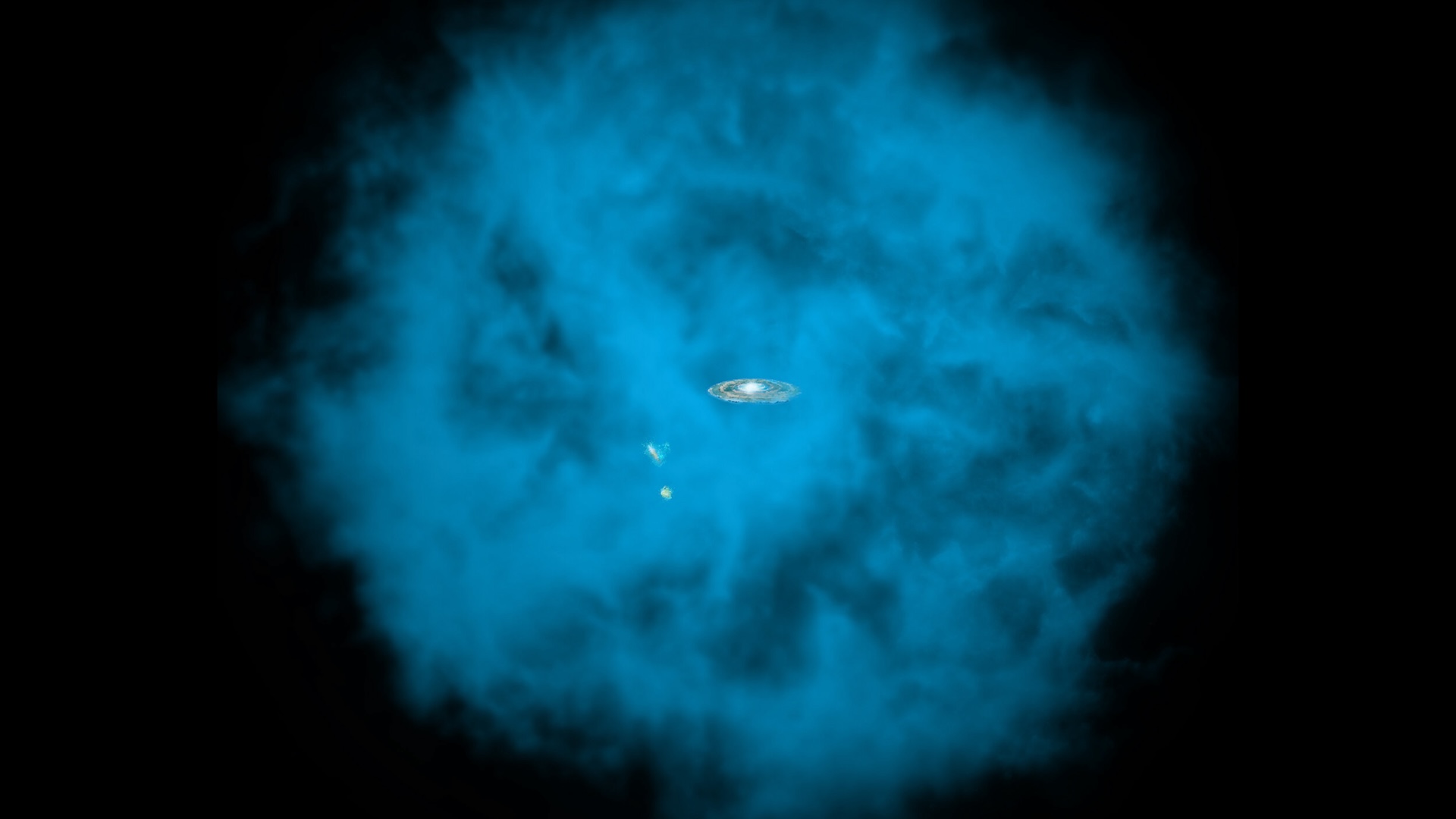James Webb Space Telescope
Latest about James Webb Space Telescope
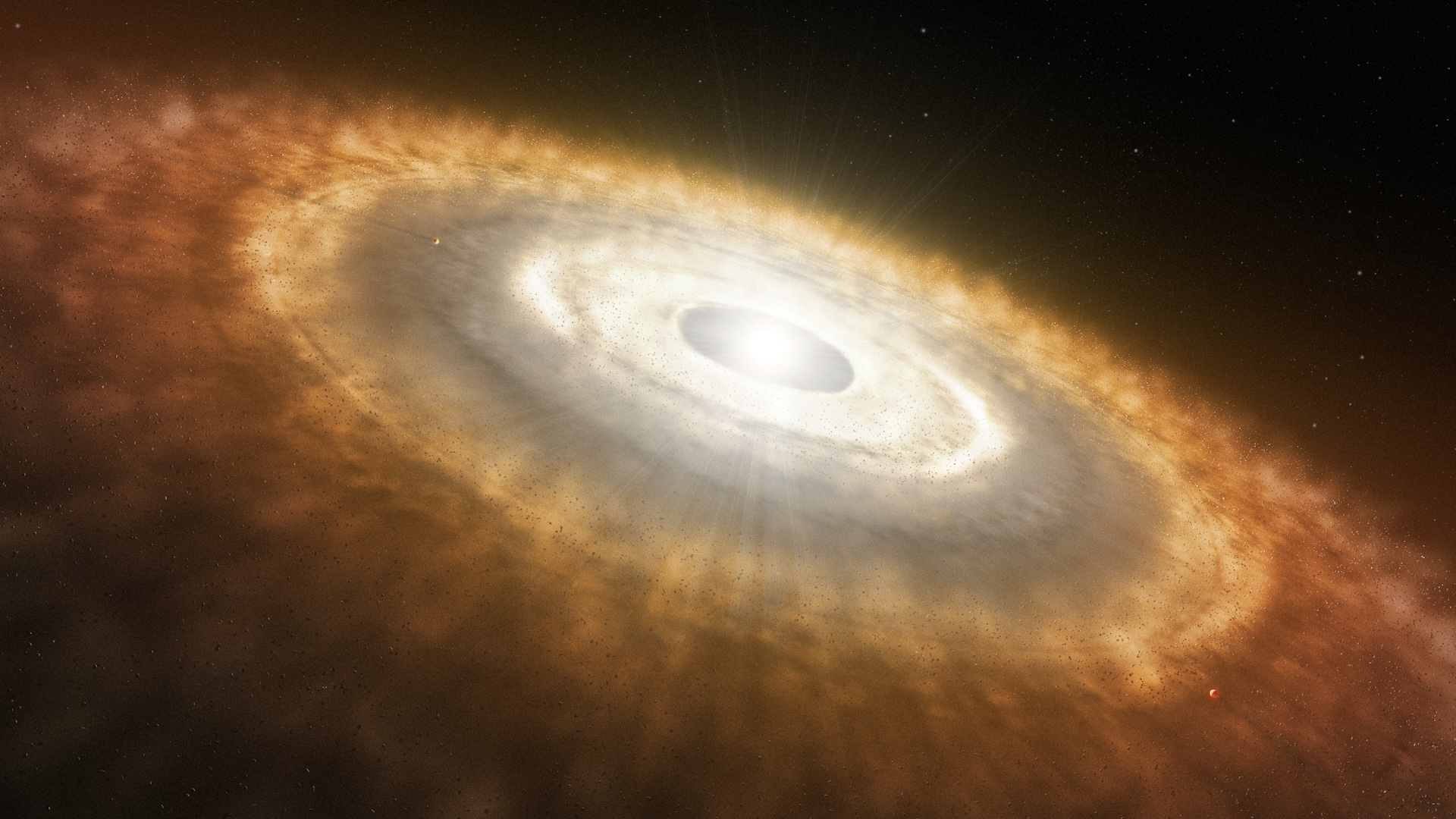
James Webb telescope reveals 'cataclysmic' asteroid collision in nearby star system
By Ben Turner published
The James Webb Space Telescope has caught a snapshot of two massive asteroids colliding in a nearby star system — and it could teach us about how common solar systems like our own are.
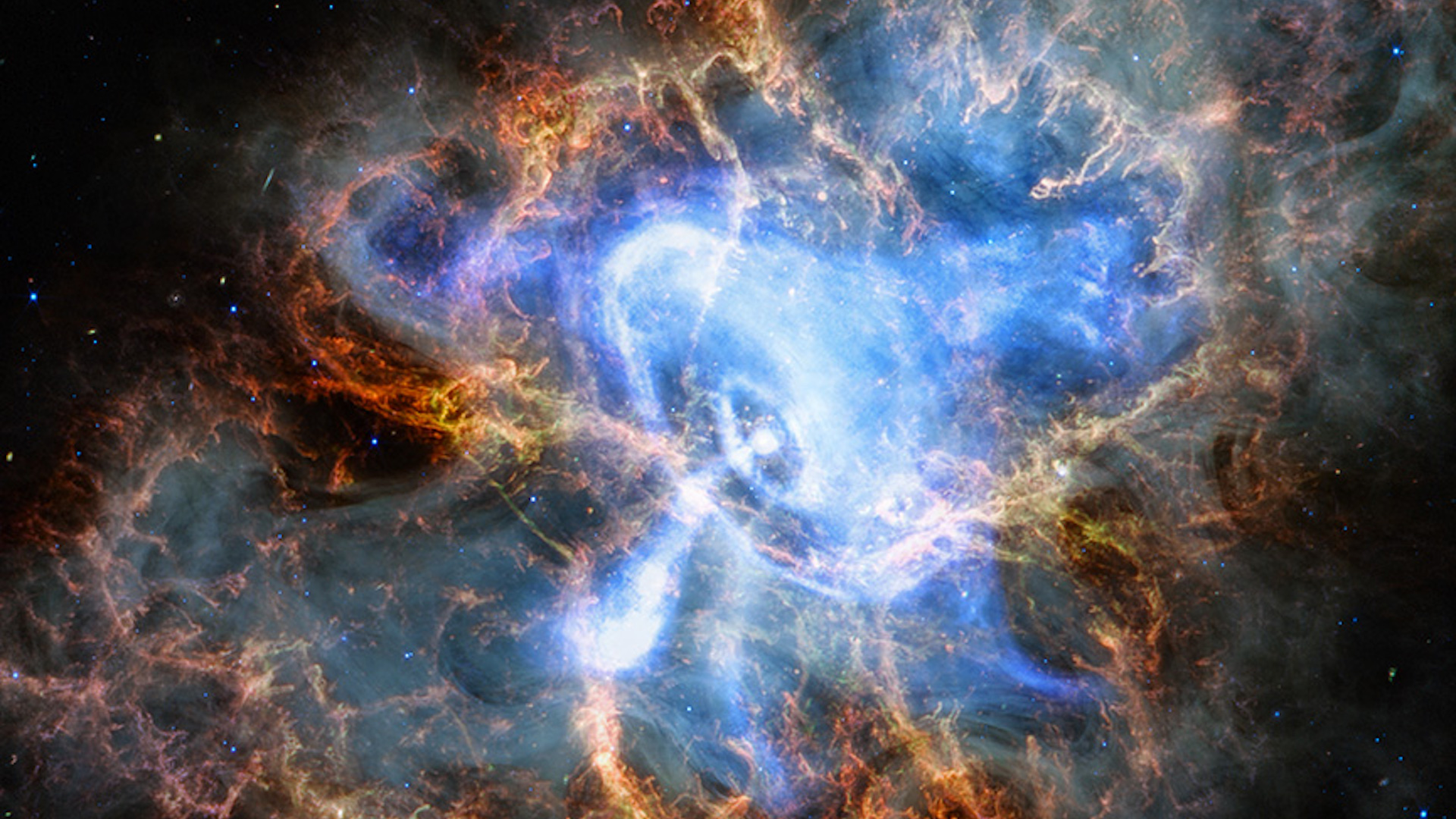
Space photo of the week: James Webb and Chandra telescopes spot a 'lighthouse' pointed at Earth
By Jamie Carter published
Images from the James Webb Space Telescope and the Chandra X-ray Observatory have been combined to reveal how the Crab Nebula's neutron star is changing.
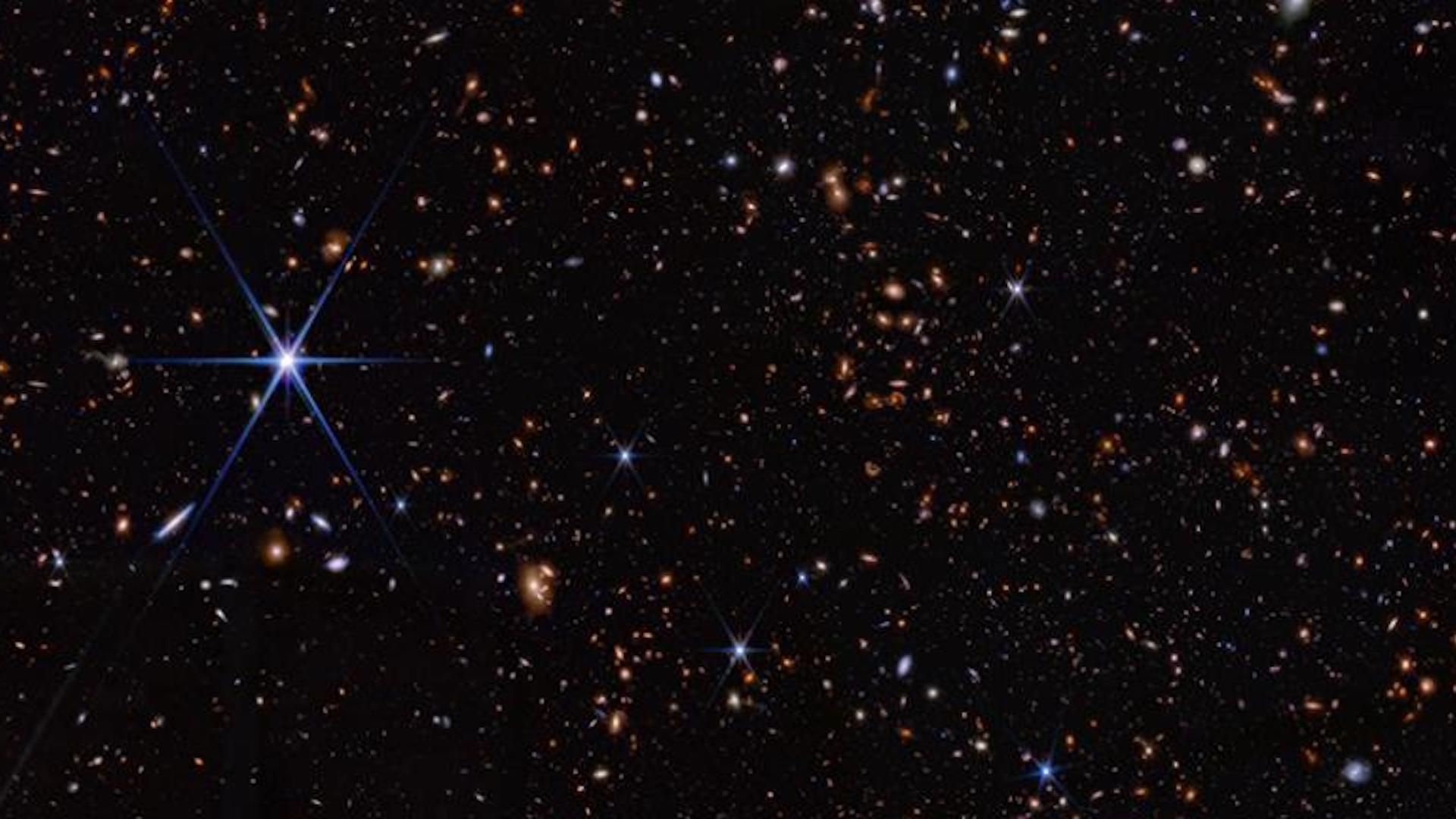
James Webb telescope finds carbon at the dawn of the universe, challenging our understanding of when life could have emerged
By Ben Turner published
The James Webb Space Telescope has found carbon in a galaxy just 350 million years after the Big Bang. That could mean life began much earlier too, a new study argues.
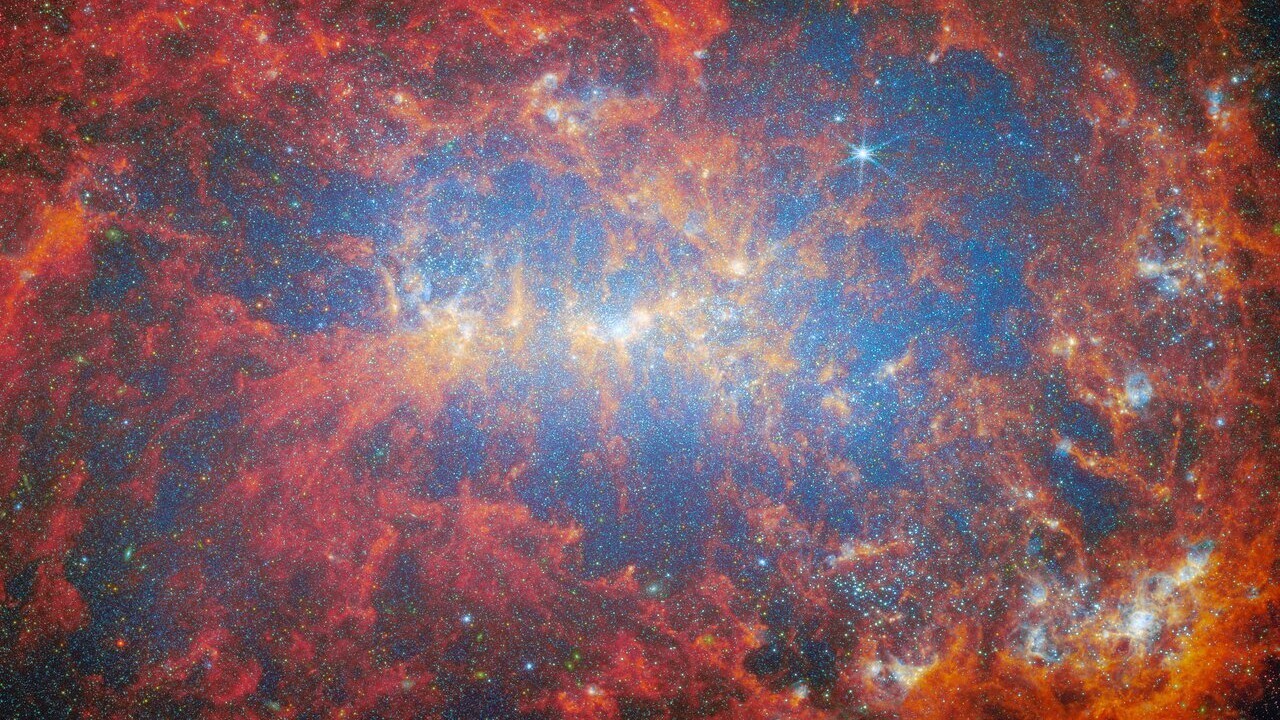
Space photo of the week: James Webb telescope spots galaxy churning out stars in overtime
By Jamie Carter published
The James Webb Space Telescope peers into NGC 4449, a small galaxy showing explosive star formation that astronomers can't quite explain.

James Webb telescope sees 'birth' of 3 of the universe's earliest galaxies in world-1st observations
By Brandon Specktor published
The James Webb Space Telescope may have spotted the birth of some of the earliest galaxies in the universe for the first time ever, new research hints.
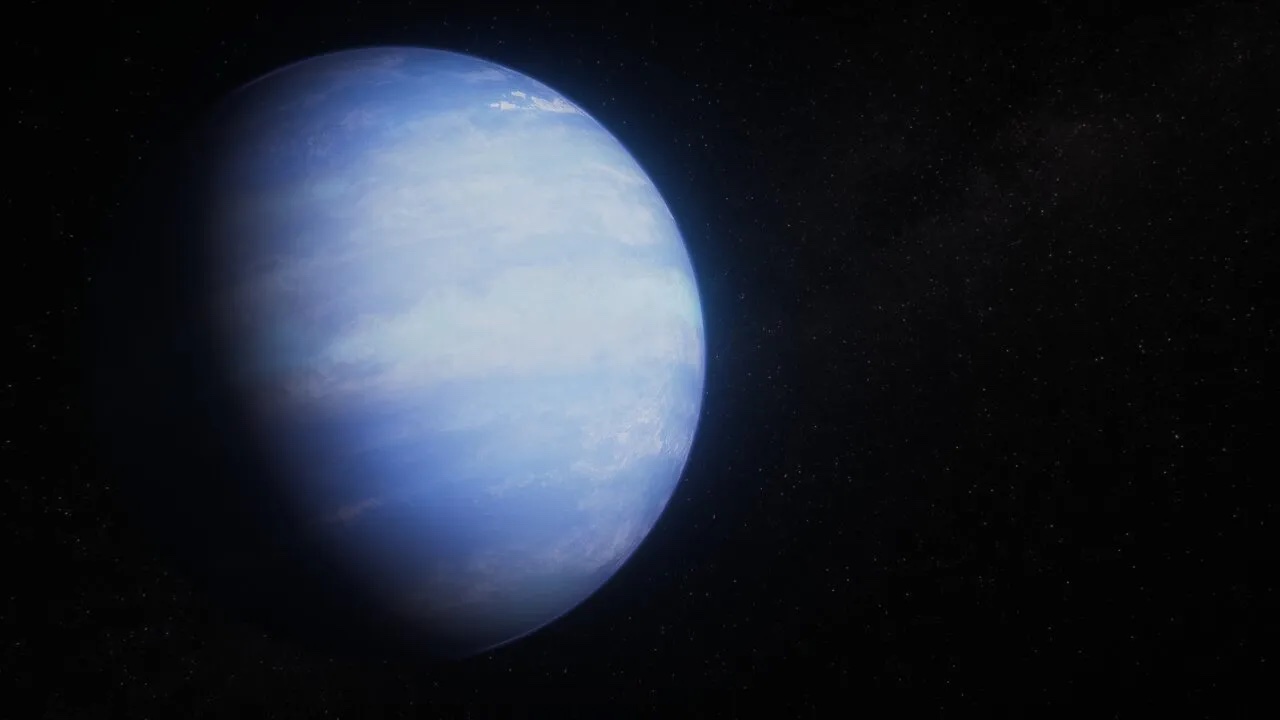
Mysterious 'puffy' planet may finally be explained by James Webb Space Telescope
By Sharmila Kuthunur published
The exoplanet WASP-107 b is one of the least dense planets ever discovered. New James Webb telescope observations may reveal how the mysterious world got so 'puffy'.
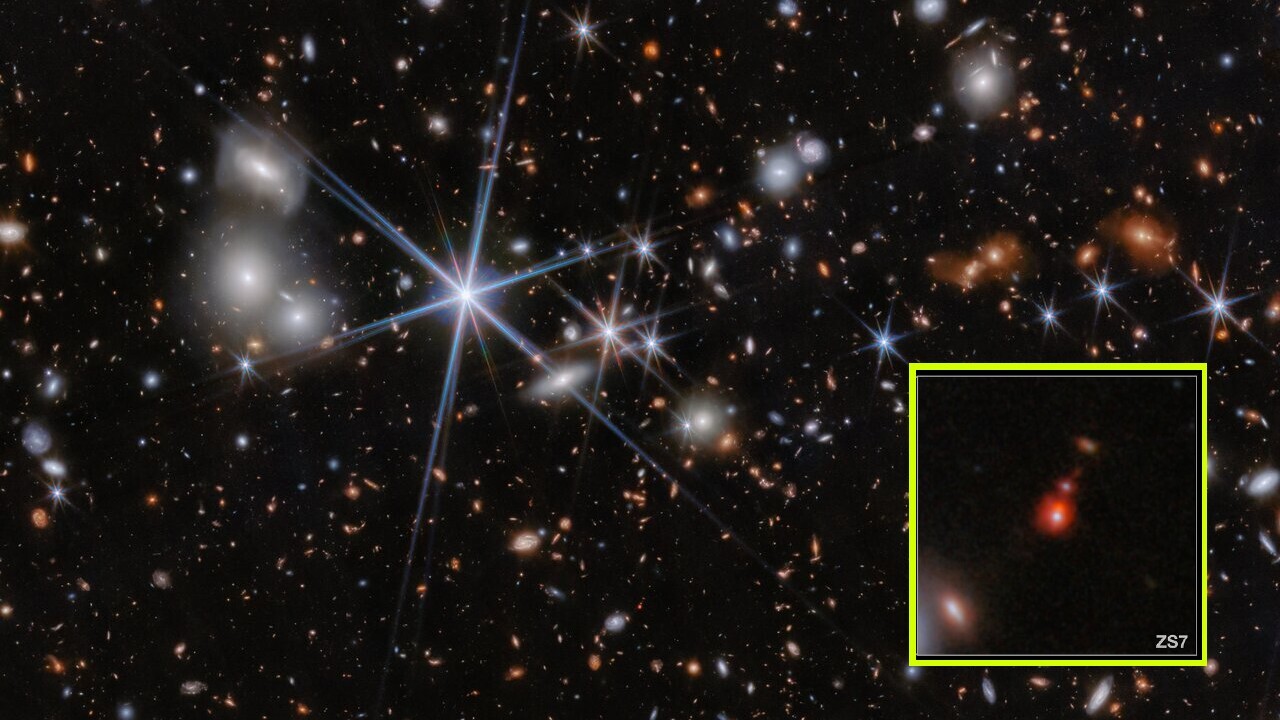
James Webb telescope spots 2 monster black holes merging at the dawn of time, challenging our understanding of the universe
By Brandon Specktor published
New observations with the James Webb Space Telescope reveal the most distant pair of merging black holes ever spotted. The discovery further challenges leading theories of cosmology.
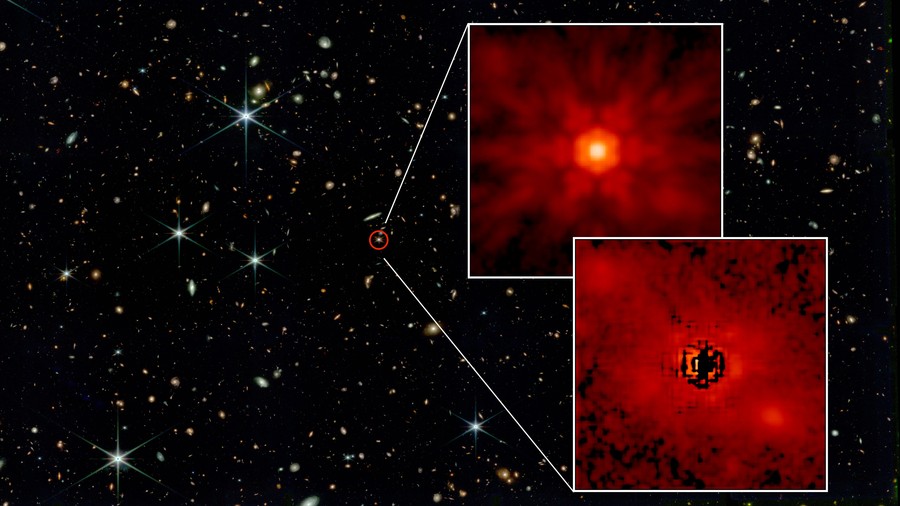
James Webb telescope measures the starlight around the universe's biggest, oldest black holes for 1st time ever
By Ivan Paul published
Astronomers using the James Webb Space Telescope have separated the light of a quasar from the light of its surrounding stars, offering unprecedented insight into how the universe's oldest black holes grew.
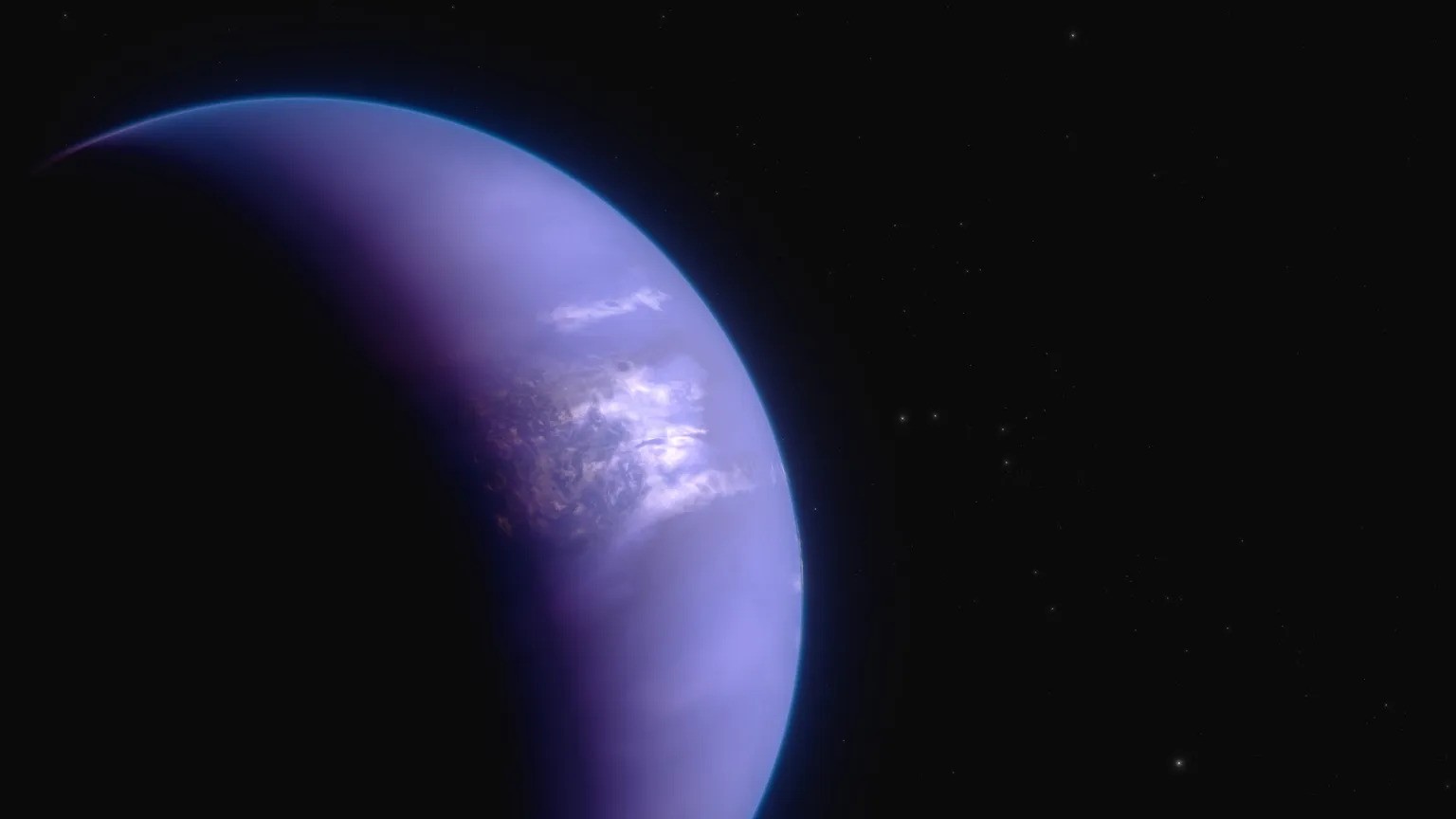
James Webb telescope spots wind blowing faster than a bullet on '2-faced planet' with eternal night
By Ben Turner published
New James Webb Space Telescope observations of the exoplanet WASP-43b reveal that the hot gas giant is tidally locked, meaning one side permanently faces its sun while the other always stares out into space.
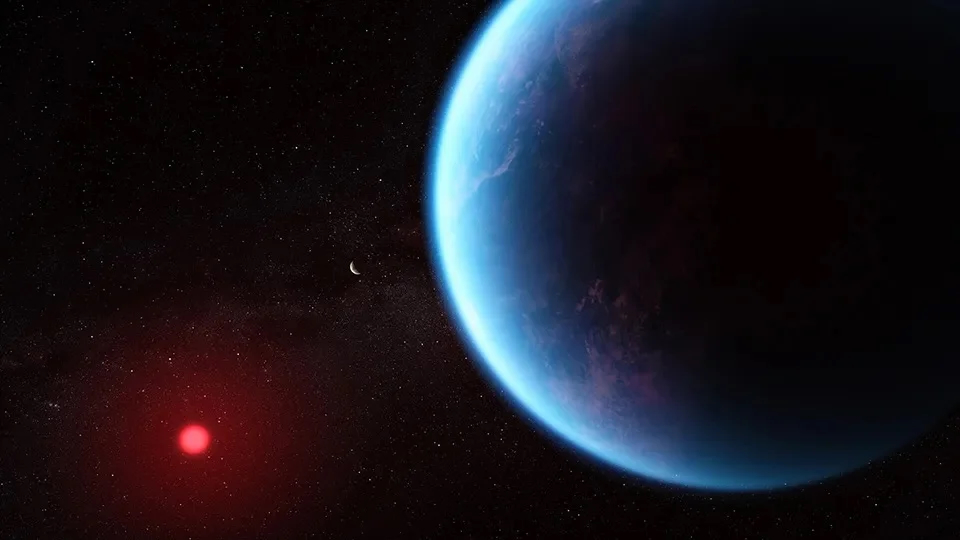
No, the James Webb Space Telescope probably didn't detect signs of alien life — but it soon could
By Brandon Specktor published
The James Webb Space Telescope's possible detection of biological chemicals on the exoplanet K2-18b may just have been methane gas, a new study cautions. Planned follow-up observations could solve the mystery for good.
Sign up for the Live Science daily newsletter now
Get the world’s most fascinating discoveries delivered straight to your inbox.
